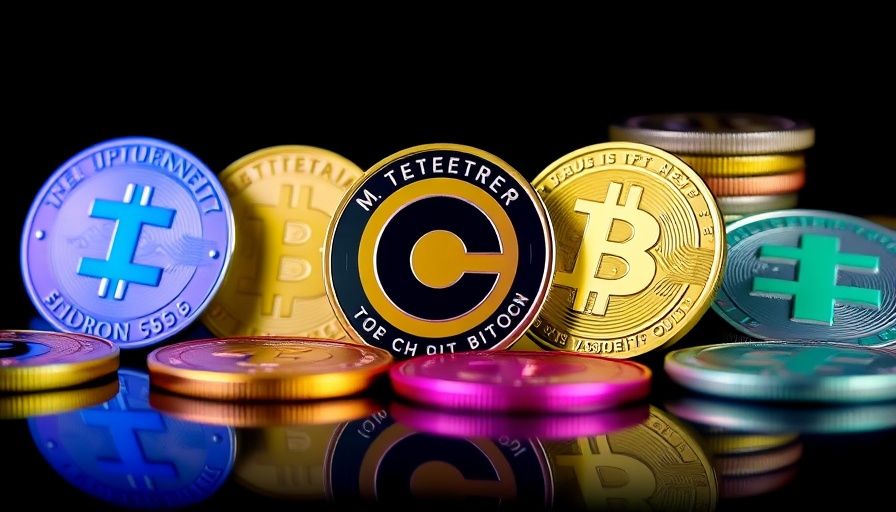
Circle's New Refund Protocol: A Game-Changer in Payment Disputes
In a significant step towards enhancing trust in digital transactions, Circle has unveiled its Refund Protocol for ERC-20 stablecoin payments. Designed to provide automated escrow and dispute resolution, this smart contract aims to eliminate the lack of refund mechanisms that have plagued digital currencies, enabling a smoother transaction process for both consumers and merchants.
How the Refund Protocol Works
The Refund Protocol operates by locking funds into a smart contract. When users conduct a transaction using pay(to, amount, refundTo);, their funds are securely held while the recipient's payment is recorded. This mechanism not only records the details of the transaction but also establishes a retention period where disputes can be amicably resolved without finalizing the payment.
Navigating Disputes: User Empowerment
Should a conflict arise—like an undelivered product—the recipient can initiate a refund through the refundByRecipient function. In the event that the merchant refuses, the matter can be escalated to an arbiter, who can assess the situation and facilitate a resolution. This system empowers users to have control over their funds, contrasting traditional cash transactions that often offer no recourse for disputes.
Future of Secure Transactions
This innovative approach to handling refunds signifies a trend towards greater accountability in cryptocurrency transactions. With the potential to extend protocol features to custodial wallets, Circle's Refund Protocol can further enhance its utility in the evolving landscape of blockchain technology.
Take Charge in Your Cryptocurrency Journey
As digital currencies continue to gain traction, understanding the tools available to you is invaluable. Circle’s Refund Protocol not only fosters trust in payments but also highlights the importance of proactive measures in trading. Explore how this advancement can change the way you engage in cryptocurrency transactions.
 Add Row
Add Row  Add
Add 




Write A Comment